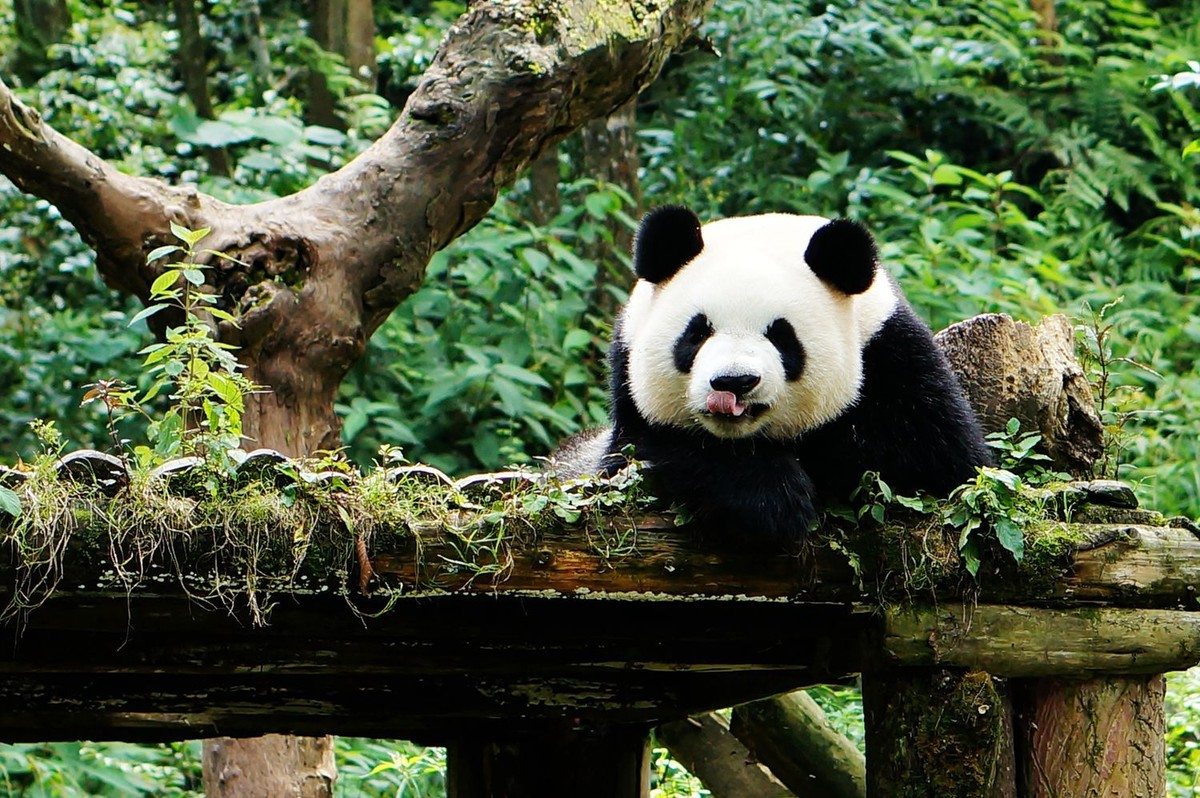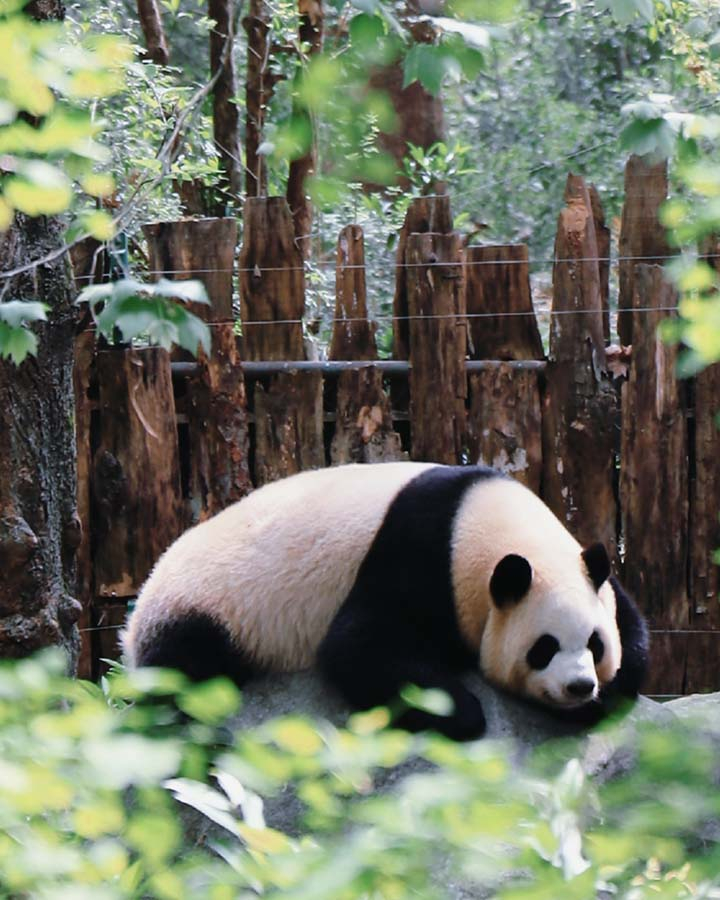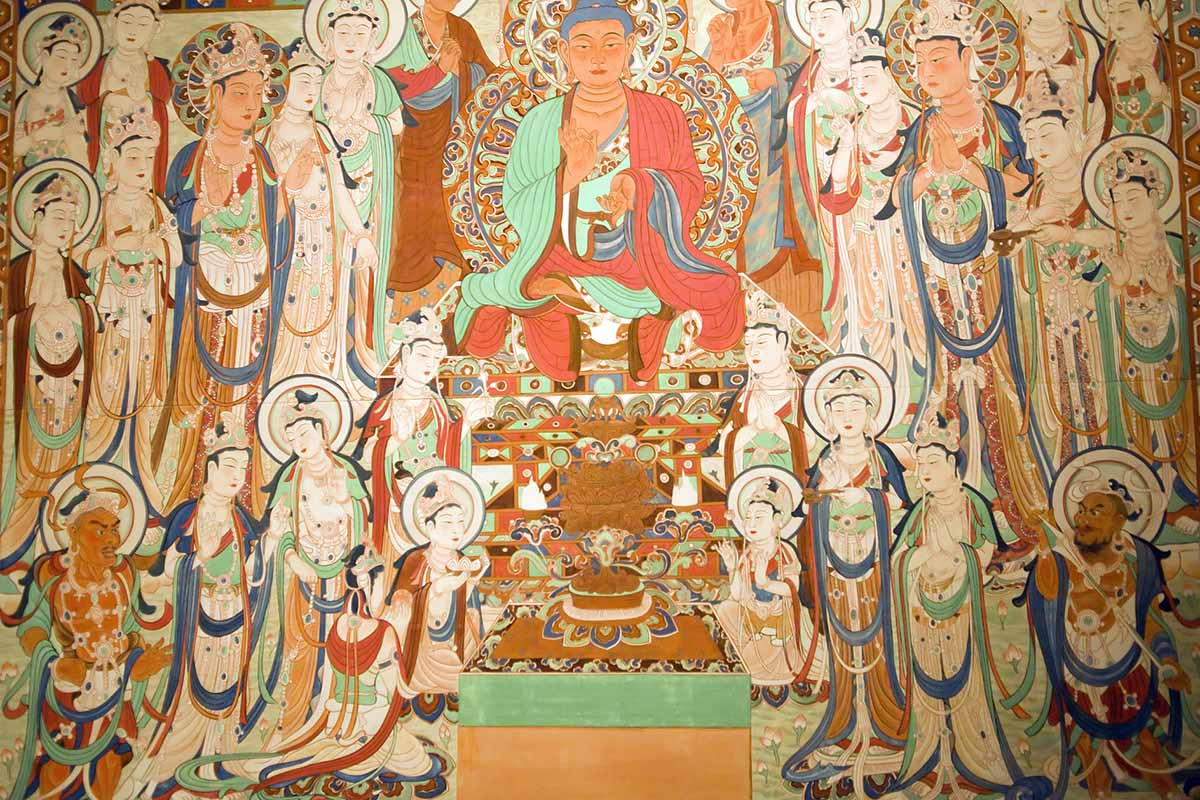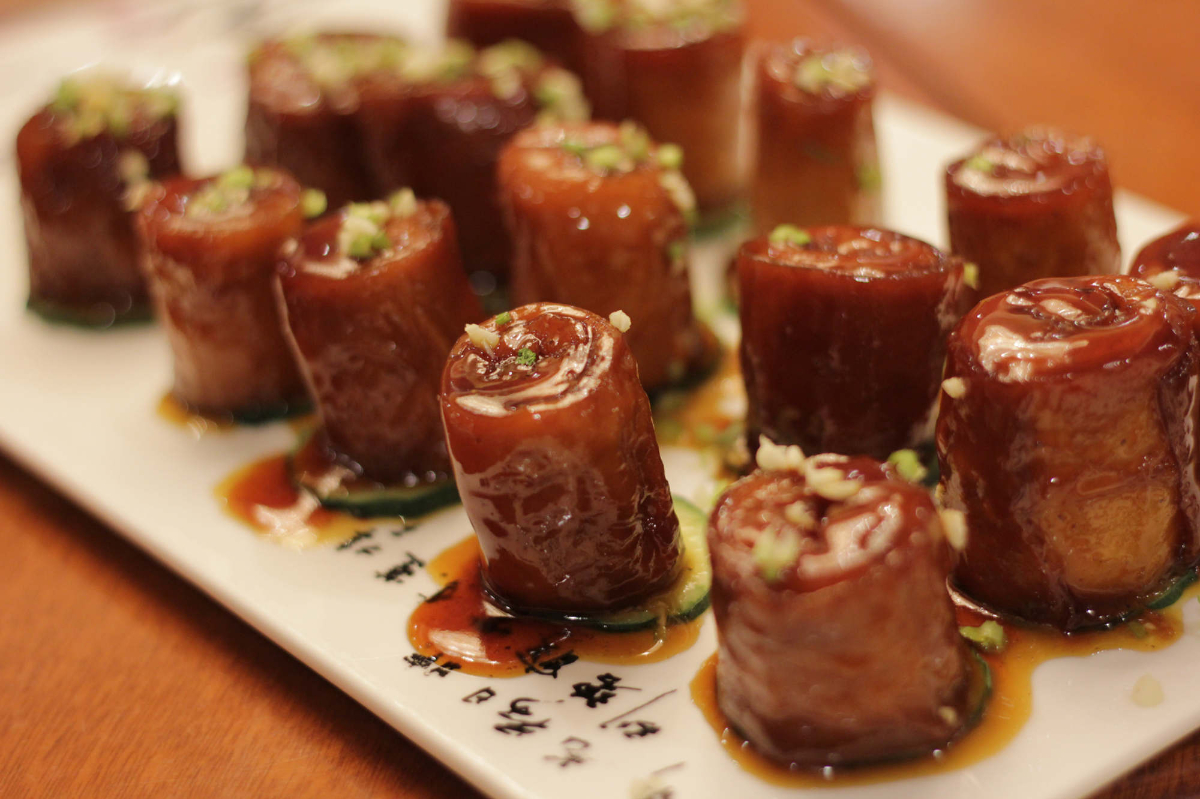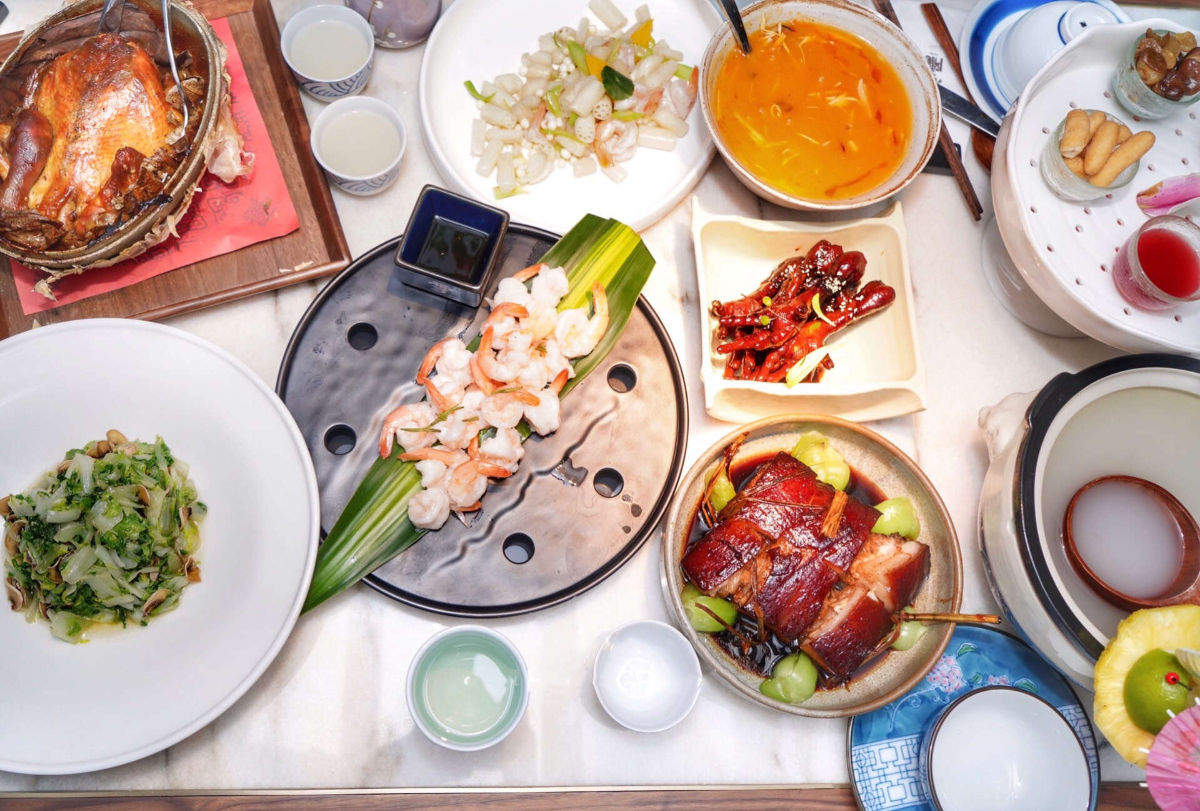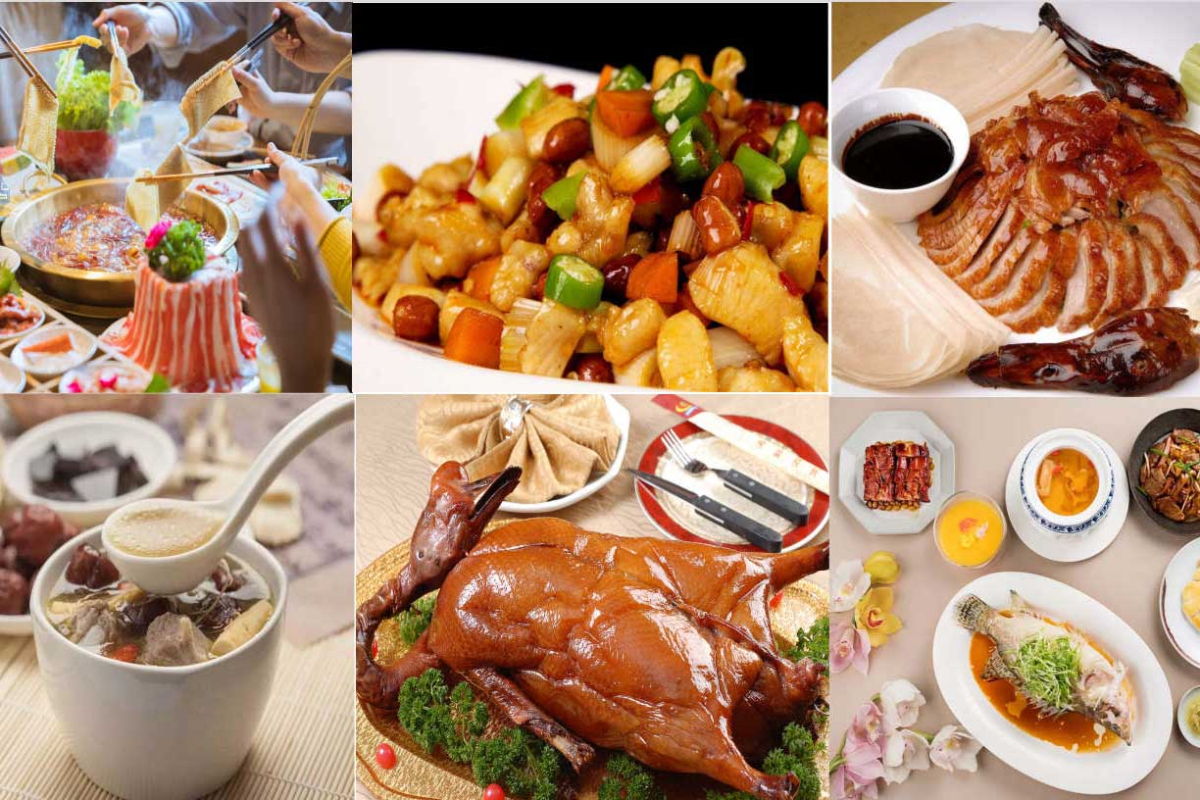Four Major Cuisines in China ~ Cantonese Cuisine
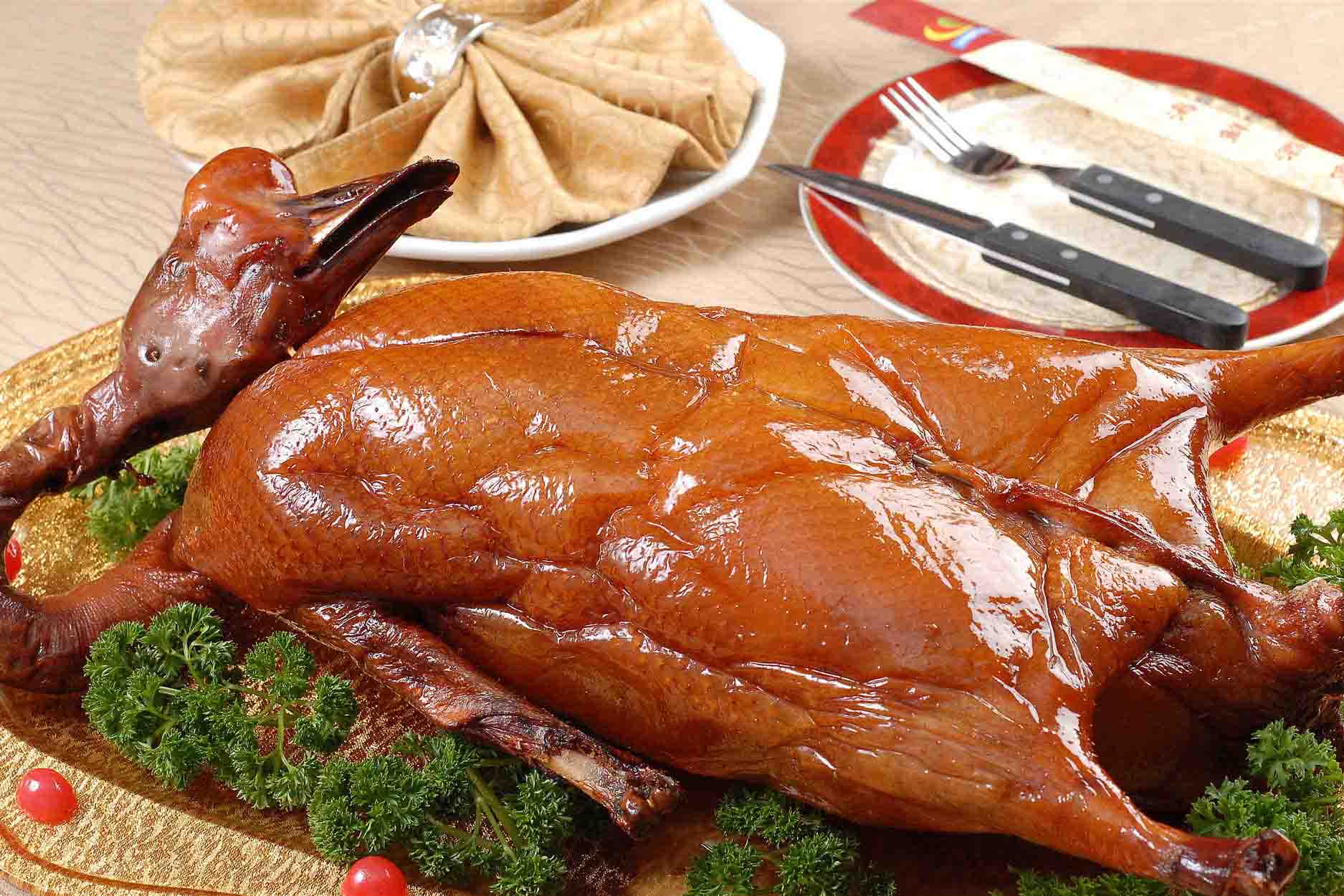
Cantonese cuisine or more accurately, Guangdong cuisine, also known as Yue cuisine (粵菜) refers to the cuisine of the Guangdong province of China (particularly the provincial capital, Guangzhou, and the surrounding regions in the Pearl River Delta, including Hong Kong and Macau). "Cantonese" specifically refers to only Guangzhou or the language known as Cantonese associated with it, but people generally refer to "Cantonese cuisine" to all the cooking styles of the speakers of Yue Chinese languages from within Guangdong.
The Teochew cuisine and Hakka cuisine of Guangdong are considered their own styles, as is neighboring Guangxi's cuisine despite also being considered culturally Cantonese. It is one of the Eight Culinary Traditions of Chinese cuisine. Its prominence outside China is due to the large number of Cantonese emigrants. Chefs trained in Cantonese cuisine are highly sought after throughout China. Until the late 20th century, most Chinese restaurants in the West served largely Cantonese dishes.
● The history of Cantonese Food
Cantonese cuisine has a long history and its origin can be traced back to 2,000 years ago in early Han Dynasty. Chefs at that time have been already good at cooking different materials by particular cooking methods. After the capital was moved from north to the south in Southern Song Dynasty (1127 - 1279 AD), many skillful chefs gathered in Guangzhou, contributing to the development of Cantonese cuisine and Cantonese cooking skills became mature and forms some of its own characteristics.
In Ming Dynasty (1368 - 1644 AD) and Qing Dynasty (1644 - 1911 AD), Cantonese cuisine had become systematic and Guangzhou was full of tea houses, hotels, restaurants and snack shops. In early 19 century, a number of Guangdong people went to North America, they ran many Cantonese cuisine restaurants and gradually Cantonese food became the most popular Chinese food around the world. Now, it is also the most popular Chinese cuisine overseas.
● Flavors of Cantonese Cuisine – Mild, Fresh, Natural
Cantonese chefs pay attention to the quality and natural taste of food materials. Most Cantonese food tastes fresh, natural, and mild. In order to show the original flavor of the main ingredient, Cantonese chefs are very cautious about seasonings. The seasonings are to bring out or highlight the original taste of the ingredient, not to make it. Less spicy ingredients such as peppers, chili, ginger and garlic are used. With the seasonal changes, dishes in summer and autumn are light, in winter and spring are a little bit heavier.
The hallmark of Cantonese cuisine is preserving the natural flavors of the food. A Cantonese cook knows fresh is best, and goes all the way to make sure your meal isn’t overcooked or too heavily seasoned. Amongst the varied cooking techniques, steaming and braising are a Cantonese cook’s favorite.
Fresh fish and shellfish, beef, chicken, pork, rice, tropical fruits, and a wide array of fresh vegetables are common ingredients in Cantonese food, which makes for mild, fresh, naturally flavored meals. Notable Cantonese dishes include sliced boiled chicken (Baiqieji), roasted suckling pig (Kaoruzhu), and black chicken soup (Wujitang).
The Cantonese believe that food is delicious as it is, so almost no additional seasoning is added. However, no Cantonese kitchen would be complete without a bottle of oyster sauce and hoisin sauce. Spices such as ginger, chives, black pepper, and anise also figure prominently in Cantonese cooking.
● Some famous Cantonese dishes
White Cut Chicken
The chicken is boiled in water over low heat without seasonings. It is eaten with dipping sauce made of salt, sugar, ginger, sesame oil, and cooking wine. The chicken tastes tender, smooth and slightly sweet.
Cantonese Roasted Goose
The cleaned goose is blow up, scald with boiled water, coated with seasonings and sugar water, and then roasted. It tastes salty and slightly sweet, crisp outside and tender inside.
Roasted Suckling Pig
The suckling pig is first marinated with the mixture of sesame paste, sugar, salt, cornstarch and various spices powder and then coated with syrup made of sugar, vinegar and liquor and then roasted wholly.
Char Siu (Chinese BBQ Pork)
It is red outside and white inside and tastes a little sweet and sticky. It goes well with a bowl of chewy rice. The derivative snack is Steamed Bun Stuffed with Char Siu.
Poached Lobster in Soup
It is made of lobster and soup-stock. The cooked lobster is white and tender, with delicious taste, high protein content, low fat content and rich nutrition.
Slow-cooked Soup
This Cantonese soup is slowly brewed over a low fire for a long time, which gives the soup rich nutrition and a tasty flavor. Many kinds of ingredients can be used, like squab, silkie, quail and oxtail.
